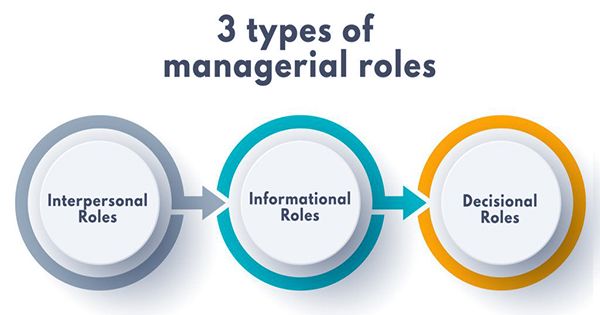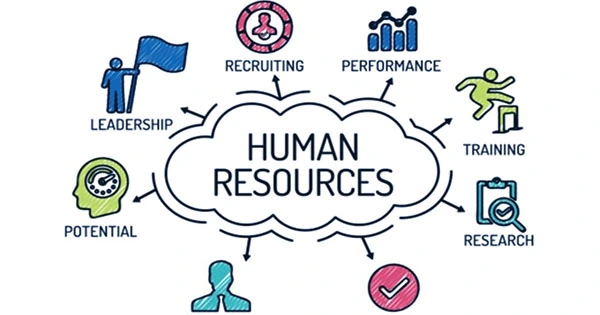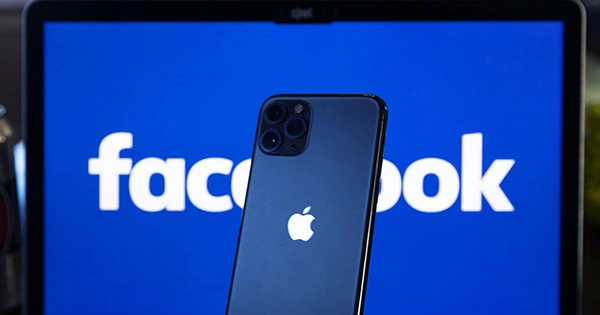Informal groups are those that spontaneously arise as soon as people begin engaging with one another.
The informal groups are formed by people of their own accord, not by the organization’s management, in order to satisfy their demands for social affiliation. The topic of how informal groups develop now becomes relevant. For this, a number of thinkers have put out a variety of theories, including the following:
Propinquity Theory: Since proximity refers to closeness, people tend to associate with one another based on where they are geographically located. In the context of an organization, it is frequently observed that people who work in the same department tend to connect with one another more than those who do not.
Homan’s Interaction Theory: According to Homan’s Interaction Theory, affiliations are founded on interactions, activities, and feelings. It is expected that as people engage in more activities together, they would interact more and develop more feelings for one another. In this situation, the formation of the groups takes into account both physical proximity and a shared objective.
Balance Theory: According to the balance hypothesis, people are drawn to one another because of their shared values and patterns of behavior toward a particular group of things or objectives. Once the organization is established based on these shared characteristics, its members work to maintain that balance, and if it cannot be done, the group disbands.
Exchange Theory: This theory is predicated on the idea that people choose their social affiliations based on the perceived benefits and costs associated with doing so, or what they gain or lose by joining a particular group. The satisfaction of demands is the reward in this instance, whereas the cost is anxiety, shame, exhaustion, etc.
The crucial point to keep in mind is that because these organizations are informal, the organization cannot oversee or govern them.
















